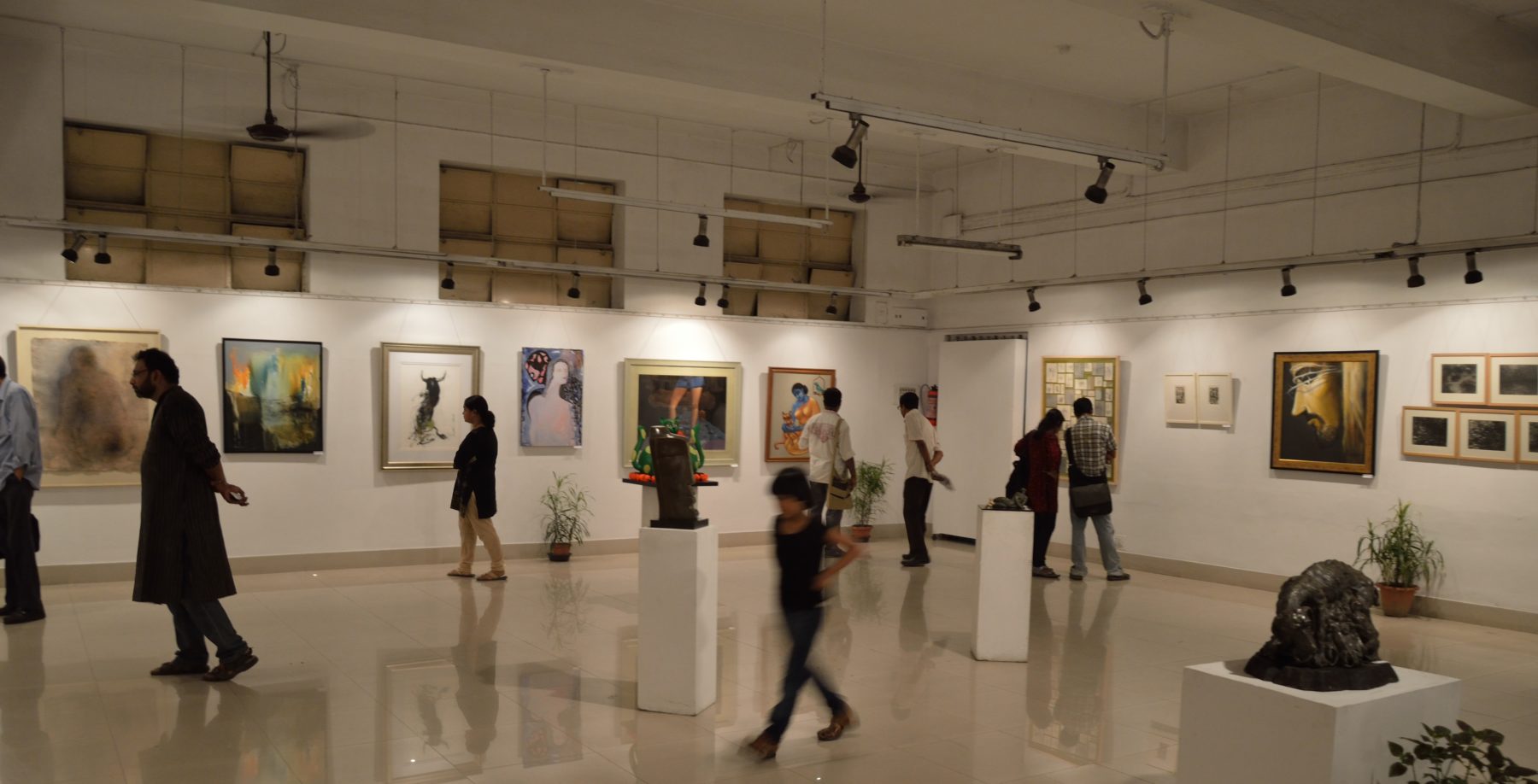1. Jenny Kidd and Joanne Sayner. Cultural Trends 27:2, 68-82. “Unthinking remembrance? Blood Swept Lands and Seas of Red and the significance of centenaries.” 2018. United Kingdom. This article uses a dataset of 1,488 responses to the installation of poppies on the Tower of London in 2014 in order to probe the impacts of this work.
2. Caitilin de Bérigny, Phillip Gough, Majdi Faleh, and Erika Woolsey. Leonardo 47:5. “Tangible User Interface Design for Climate Change Education in Interactive Installation Art.” 2014. Australia. The authors discuss how tangible user interface objects can be important educational and entertainment tools in environmental education.
3. Eleen M. Deprez. The Journal of Aesthetics and Art Criticism 78:3, 345-350. “Installation Art and Exhibitions: Sharing Ground: Symposium: Installation Art.” 2020. In this article, the author looks at installation art in relation to exhibition-making, exploring similarities in display and site-responsiveness.
4. Matthew Pelowski, et. al. Frontiers in Psychology. “Capturing Aesthetic Experiences With Installation Art: An Empirical Assessment of Emotion, Evaluations, and Mobile Eye Tracking in Olafur Eliasson’s ‘Baroque, Baroque!’” 2018. In this paper, the authors introduce an exploratory study with installation art, utilizing a collection of techniques to capture the eclectic, the embodied, and often the emotionally-charged viewing experience.
5. Kati Kivinen. FNG Research. “Found Voices and Meaningful Silences: Situating Mika Vainio’s Sound Installations and their Spatial Practices.” 2020. Finland. This article looks at the different installations created by Finnish sound artist Mika Vainio.
6. Najmul Kadirkaikobad, Md Zafar Alam Bhuiyan, Shahina Parveen, and Md Shohel Anwarr. Journal Of Humanities And Social Science 21: 3, 3-18. “The Traditional and Cultural Practice of Installation Art: A Contextual Study.” 2016. Bangladesh. This article discusses the importance and role of installation art in Bangladesh in historical and contemporary contexts.
